3 Minute Read
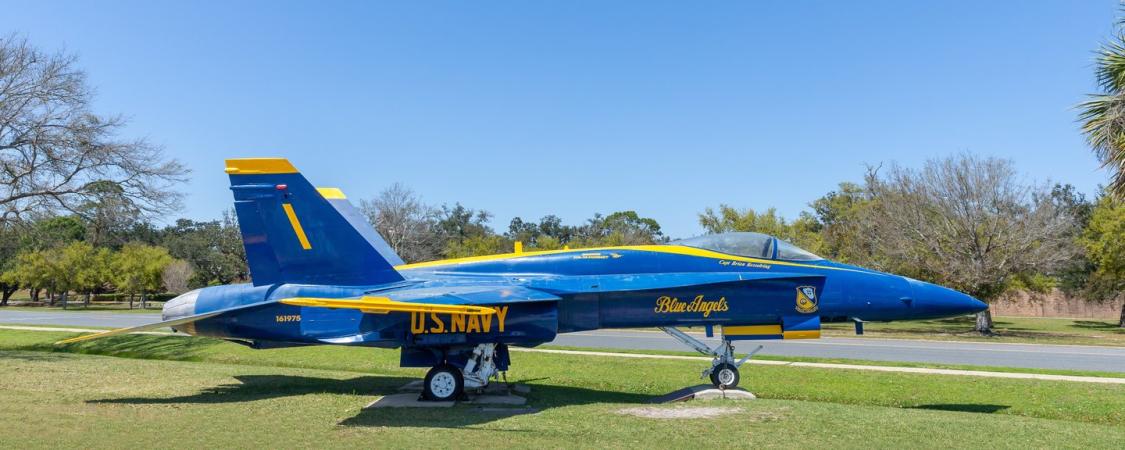
Who has the higher bragging rights, the Navy Blue Angels or the Air Force Thunderbirds? That’s a tough one. Both are elite squadrons of supersonic fighter jets flown by pilots with combat experience and are known for their impressive flight formations and maneuvers. Both groups also travel across the country and the world to perform aerial shows and flight demonstrations, like the Grand Junction Airshow for Navy Week.
The Grand Junction Airshow will welcome the Blue Angels back to the Grand Junction area on October 14-15, 2023. At this demonstration, visitors will get the chance to see these high-speed aircraft up close and in action.
To the untrained eye it might seem as though, other than the aircraft colors, the Blue Angels and Thunderbirds are the same.
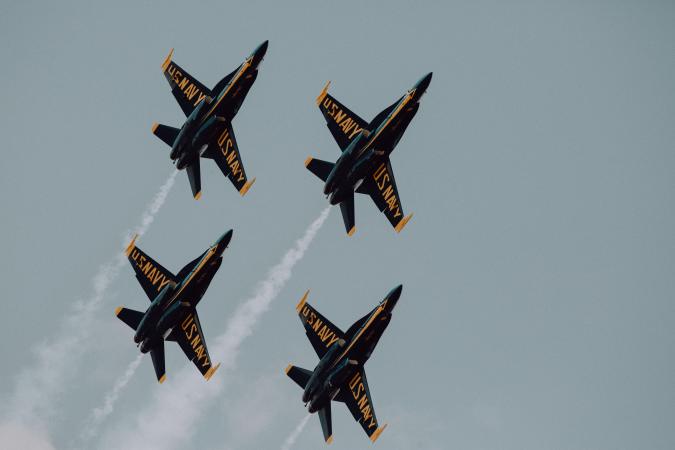
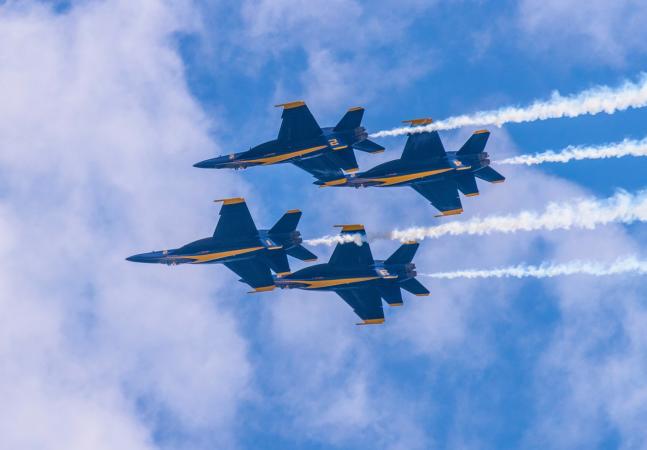
However, there are some significant differences between the two, one being what each squadron is flying. Based out of Florida, the Blue Angels are known for their new navy blue and yellow twin-engine F/A-18 Super Hornets. The Air Force Thunderbirds are stationed at the Air Force Military Academy in Colorado Springs and sport the classic red white and blue single-engine F-16 Fighting Falcon.
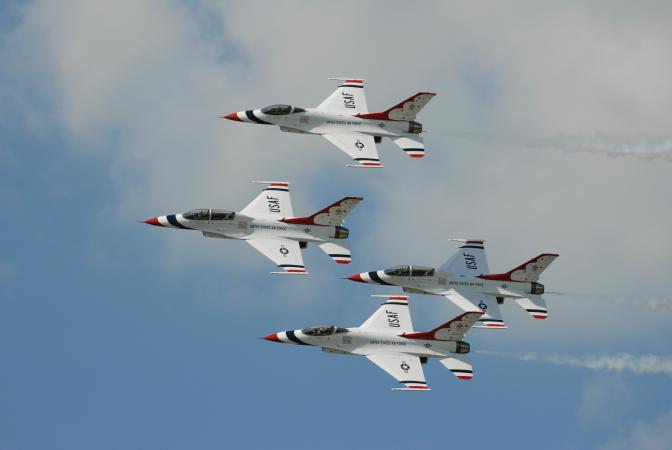
Both aircrafts are capable of performing extremely sharp turns, loops, and rolls, and can sustain long periods of inverted flight. They can be adapted for nearly any type of mission, though the Air Force F-16 is frequently used for close air support and air superiority, while the Navy F/A-18 is more often used for air-to-air operations and bombing missions. Each plane can reach speeds above 1,500 miles per hour, but keep the throttle limited to 700 mph during exhibition shows.
So, when it comes to planes, both squadrons are in close competition. The Thunderbirds will continue to fly the F-16 Fighting Falcon, while the Blue Angels have transitioned to a new plane. In 2021, the 75th anniversary of the Blue Angels, the team started flying the Super Hornet version of the F/A-18. This upgrade from the Hornet marked the first time since 1986 that the U.S. Navy has changed aircraft. An Air Force Fighting Falcon costs roughly $14.5 million dollars, making it one of the cheaper planes to produce in the U.S. Military, while the Navy Super Hornet costs about $70 million.

Blue Angels have a bit more history than the Thunderbirds, too. The Blue Angels were formed in 1946, shortly after WWII ended. The Thunderbirds started seven years later, only six years after the Air Force was founded. Both were created as goodwill programs with the hopes of educating the public about the Navy and Air Force and keeping up interest and support in military programs.
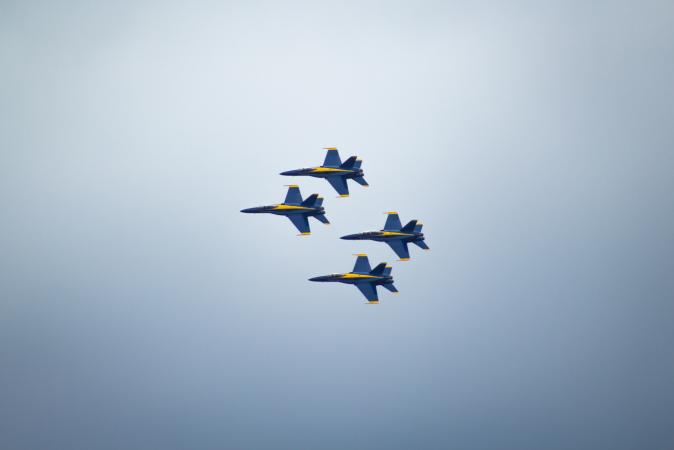
Drawing even more attention to these impressive aircraft and aerial feats is the recent release of the “Top Gun: Maverick” movie, in which the all-star cast of actors flew in real F/A-18 fighter jets. At the request of Tom Cruise, fellow co-stars went through an intensive flight training program to acclimate to the physical effects of g-force and learn the basics of flying. This makes for an immersive experience, giving the audience a sense that they’re in the cockpit of a fighter jet, maneuvering around obstacles and taking steep climbs.
If you’re unable to see these incredible aircraft live and in action at an airshow, then “Top Gun: Maverick” is the next best thing.
So, between the two squadrons, it's neck-and-neck for who has higher bragging rights, or who puts on the better air show.
Both the Blue Angels and the Thunderbirds are made up of incredibly talented pilots who put on spectacular, nail-biting performances. Experience this thrilling demonstration firsthand at the Grand Junction Airshow in October of 2023 to see for yourself! After the air show where the Blue Angels are the finale, the pilots visit with spectators, sign autographs, and are happy to answer questions.
Explore lodging options for your trip to the Grand Junction area.


